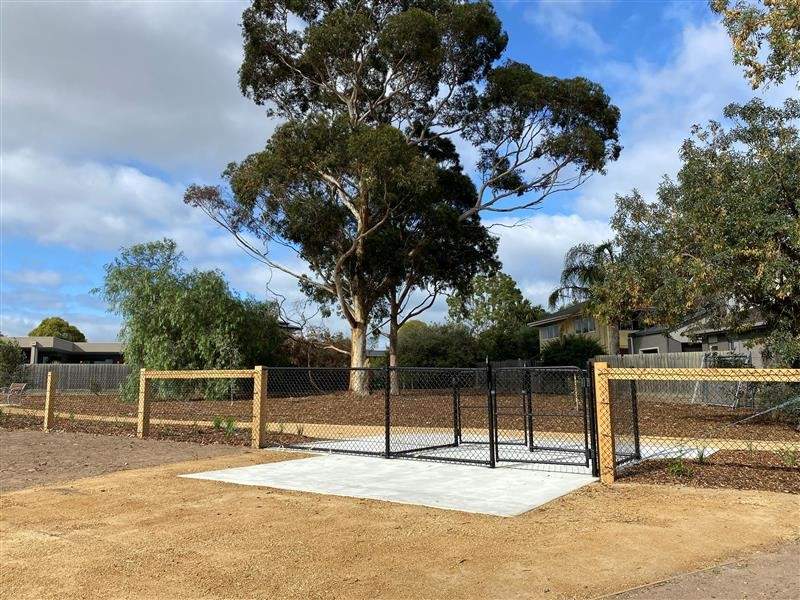Opening Statement
Supplementary Budget Senate Estimates 24 October 2023
**Check against delivery**
Thank you Chair and Senators.
My name is Paul Graham, I am the CEO and Managing Director of Australia Post. I am joined by Tanny Mangos, EGM Community, Sustainability and Stakeholder Engagement and Nick Macdonald, GM Corporate Secretary & Board.
I would like to start by acknowledging the traditional custodians of the Canberra region, the Ngunawal and Ngamberi peoples and pay my respects to their elders past and present.
I thank the Committee for the opportunity to provide this opening statement.
As you know, Australia Post is an entirely self-funded business, and we recently posted a $200-million loss. This is only our second loss since we were corporatised in 1989.
Australia Post’s Parcels business continues to achieve steady growth and the e-commerce market will see significant growth over the next decade, but our Letters losses increased by more than 50 per cent to $384 million.
In addition, we also invested $442 million through our Community Service Obligations which is also self-funded. We now operate a two-speed business with parcels performing well, but letters dragging us into deep losses. It’s simply not possible to stop the structural shift in our business without intervention.
Since 2018 we have delivered 800 million less letters but have added over 800,000 delivery points.
Without reform and changes to the way we run our business, we will see our losses continue to accumulate.
This would be a very poor outcome for the Australian taxpayer, and we would require ongoing government support to continue operating.
Despite the significant financial challenges confronting the business, we have made very good progress on delivering our Post26 Strategy to simplify our business, realising savings across the organisation and improving our services.
In FY23 we invested $343 million to improve our network, with a focus on enhancing our parcels business and improving our store format.
We continue to innovate, launching our new Australia Post Metro service, which provides reliable next-day delivery in Sydney, Melbourne and Brisbane. We continue to invest in our technology and carry parcels for the nation, with an open network that delivers more than half a billion parcels each year, with over 70 million managed on behalf of other parcel providers. Our first Community Hub will open in Orange this month another investment and innovation.
We have also provided postal operators in the Pacific with a range of equipment, technology and training to assist them to modernise their operations through the Pacific Postal Development Program.
And we continue to invest in our people, their safety, mental health and well being and giving them the right tools to work with.
But we cannot avoid the elephant in the room. Our Letters business continues to decline sharply. Today the average Australian household receives only 2.2 addressed letters each week, down from 8.5 in 2008. We expect this to almost halve in the next five years.
Delivery frequency of letters remains one of the most significant costs to the business, and in conjunction with the CWU, we have successfully trialled a new delivery model in Hornsby, which is now being expanded to other locations.
The size of our Post Office network is a major challenge. The minimum number of outlets was set in 1989, before the internet boom. Most Australians no longer visit the Post Office, but we are required by regulation to operate a network larger than all the supermarkets combined. It is easier to buy a postage stamp than a loaf of bread.
We will never abandon the regions and rural Australia, but it makes no sense for Australia Post to keep the same number of Post Offices where there is a clear over supply and where customers are simply not using the service. For example, In Camberwell, Victoria there are 84 Post Office outlets in a 7.5-kilometre radius. This is but one of many examples. The number of Post Offices in our major cities is not sustainable or sensible.
We know the importance of the services we provide including Bank@Post, parcels and ID services, but they must be sustainable financially and we recognise the careful balance we must maintain between service, cost, presence and financial sustainability.
The good news is that collectively, we have the great opportunity to turn this 214-year-old business around and set it up for success over the long term and without the need for government funding.
As part of our Post26 Strategy we are focused on doing everything in our power to improve our business. From reducing our overheads, consolidating sites, closing unviable services or simplifying our remuneration framework. We have realised $237 million in business efficiencies in FY23 alone with more to come in FY24. Our Post26 Strategy is delivering.
If we do everything in our power to run the business well and get government and public support for the modernisation of Australia Post, we will return to profit. More importantly, we will be able to continue to invest in our growing parcels business and upgrading our technology and post office formats. This is good for customers and good for communities.
We have a laser-like focus on simplifying our business. We’re stripping out the complexity accrued over many years and investing in our key growth area of parcels. We have a clear plan and we’re doing everything within our control to build a sustainable business, however we need regulatory support.
As the current custodian of this business, I am acutely aware that Australia Post plays a critical role in the lives of our customers and the community. We remain a cherished and trusted brand but our ability to remain relevant is being challenged like never before.
We remain totally focused on delivering a better tomorrow for all Australians.
Thank you.








